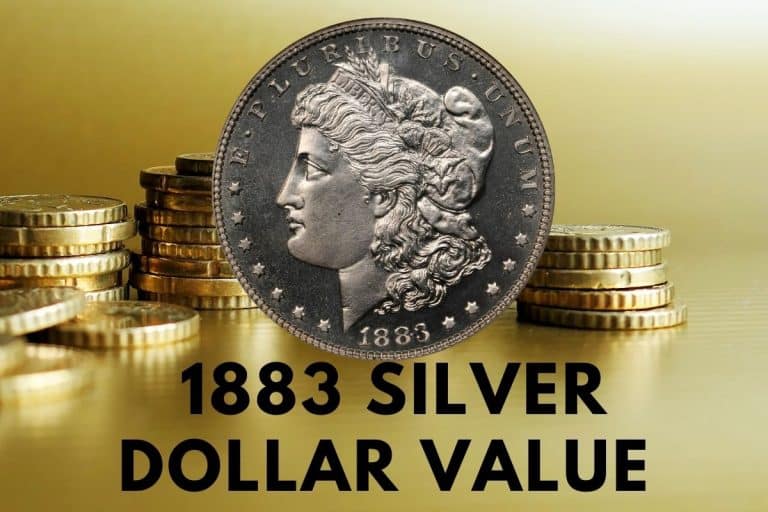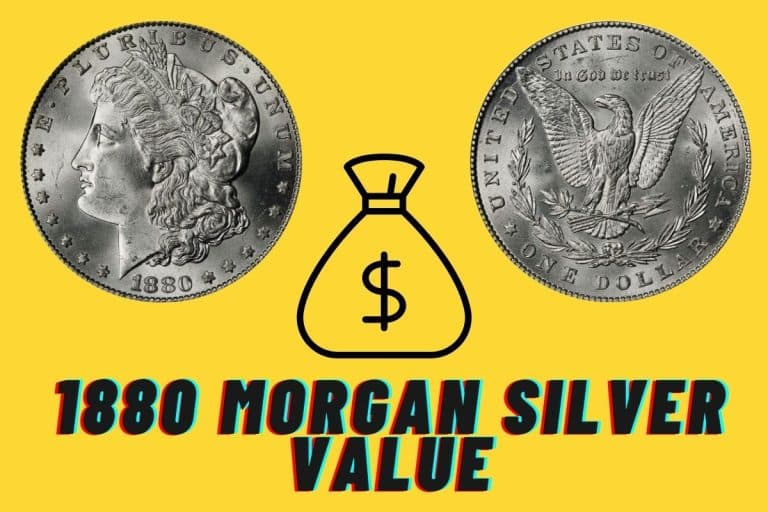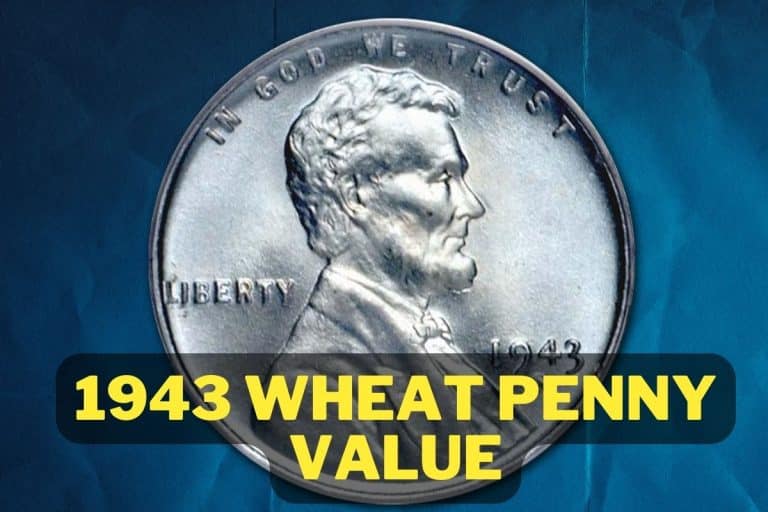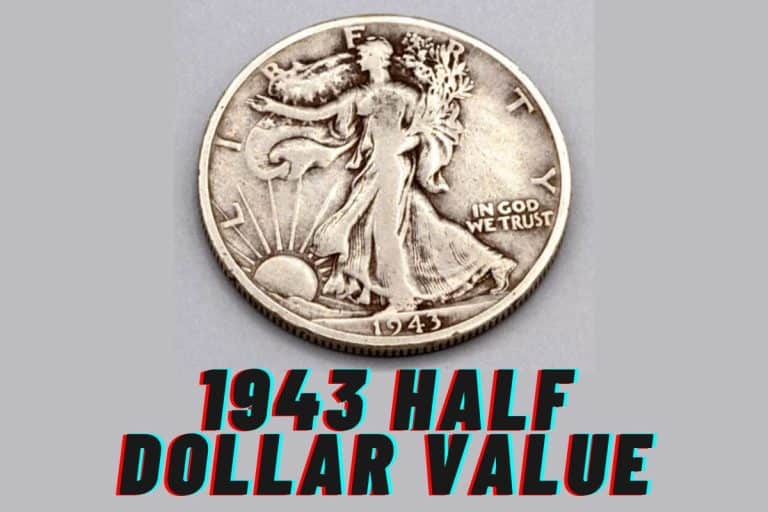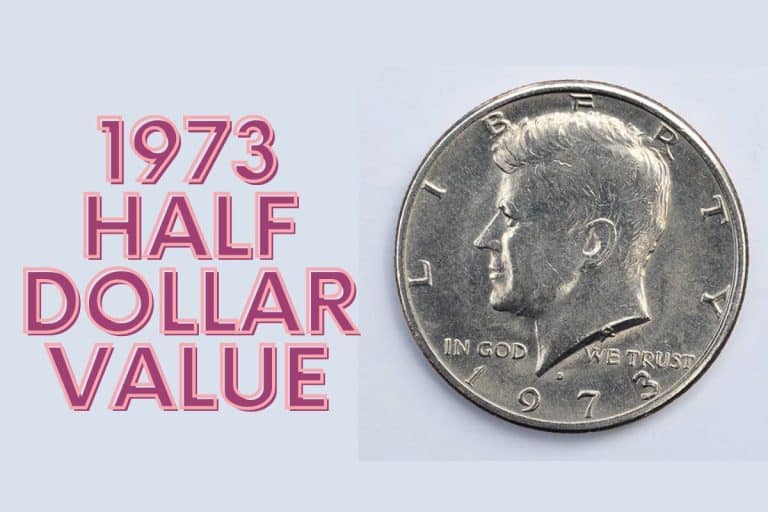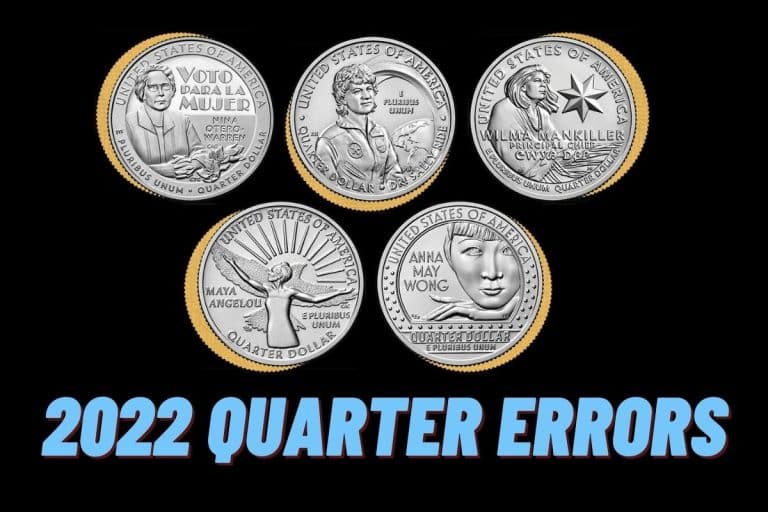Are you interested in learning about the historic and valuable Lincoln Wheat Penny? Discover its history, how to evaluate it, and what makes it a highly sought-after collector's item. Read on for all the details.
The Lincoln Wheat Penny was first released in 1909 to commemorate 100 years since President Abraham Lincoln's birth. The coin was designed by sculptor Victor David Brenner.
It was the first coin to feature a president's portrait, a departure from the traditional central figure of Lady Liberty on American coins. The Lincoln Wheat Penny was met with mixed reactions but soon became a staple in American coinage.
The coin was phased out in 1958 and replaced by the current Lincoln Memorial cent design. However, over 60 years since its minting, the Lincoln Wheat Penny has become a highly sought-after collector's item due to its scarcity in circulation, importance as a piece of American history, and value.
In this article, you will learn about the history, how to evaluate, and what you need to know to add one to your collection.
Lincoln Wheat Penny Value
The Lincoln Wheat Penny is a fascinating and valuable piece of American numismatic history. Its worth can vary significantly depending on its grade, mint mark, scarcity, and condition. Some coins have gone for hundreds of thousands of dollars, depending on the current market and demand for that specific variety.
A rare 11943-D MS64 bronze wheat penny was recently sold for an astonishing $825,000, making it one of the most valuable wheat pennies in existence.
How to Evaluate the Value of Lincoln Wheat Pennies
Before assessing the wheat penny, it's important to make sure that the coin is genuine and has not been tampered with. Confirm the design and date on the coin match what should be present for this type of penny. Once you have done this, it's time to proceed with your evaluation.
Grading and Understanding the Value of Wheat Pennies
It is key to tell the difference between MS and PR coins. The former stands for Mint State, signifying that the coin is still in its original state and hasn't been circulated. PR is an abbreviation for Proof, which signifies that the coin in question was created for collectors, not to be used for everyday transactions.
This PR68 DCAM coin fetched an incredible $64,625 at a record-breaking sale.
Grades are also significant. Circulated coins, which are coins that have been used for everyday transactions and show signs of wear, range from 0 to 59. Uncirculated coins, which have not been circulated or spent, range from 60 to 70. As a general rule, Uncirculated coins are worth more than Circulated coins of the same variety due to their superior condition.
It's worth noting that even the oldest and most worn-looking wheat penny can still have some value. While the grade may be low and the price may not be as high, the coin may still hold sentimental or historical value in a collection.
Factors Determining the Value of A Lincoln Wheat Penny
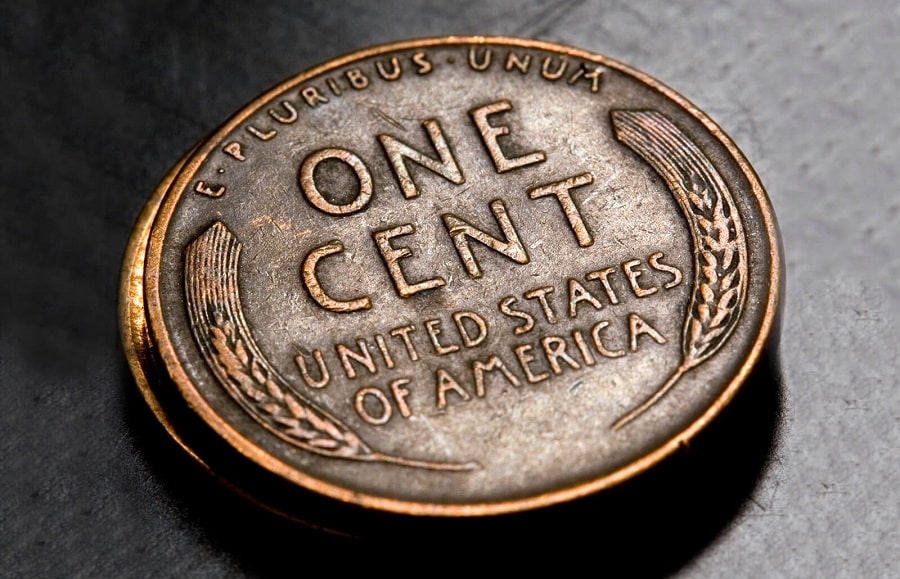
The following factors play a role in determining the value of a Lincoln wheat penny:
- Minting Errors – Mistakes made during the minting process can make a coin more valuable to collectors. Double-die and off-center strikes are quite rare and usually have a greater demand among collectors than standard coins.
- Appearance – A wheat penny's appearance can also impact its value. Even if a coin is of a low grade but is visually appealing due to its luster or interesting toning, it can still command a higher price.
- Mint Mark – Wheat pennies that were minted in certain places or during certain years can be highly valuable. For example, the 1909-S V.D.B. wheat penny is an especially prized collectible due to its rarity; it was made in limited amounts at the San Francisco mint and has a distinctive mint mark to signify where it was produced.
An astounding amount of $258,800 was obtained from the sale of a 1909 1C PR67+ V.D.B.
- Coin grade – A professional coin grading service assigns a grade to a coin based on its condition. The grades range from 0 to 70 and are accompanied by labels like “Good” or “Mint State.” The higher the grade, the more valuable the coin is.
- Scarcity – The overall scarcity of a wheat penny is also a factor in its value. Some years had lower mintages, making those wheat pennies rarer. Regardless, well-preserved wheat pennies with interesting histories can fetch high prices, while common wheat pennies in good condition can still be valuable due to their place in American history.
Valuable Minting Errors In Lincoln Wheat Pennies
Minting errors can significantly increase the value of a wheat penny. Here are a few common and valuable errors to be aware of:
- Off-Centered Strike – When a coin is not struck properly in the center, it can result in part of the design or date being missing from the edge of the coin.
- Mismatched Designs – This error, known as a “mule,” happens when the obverse and reverse designs don't match, such as using a Lincoln wheat penny reverse on a Jefferson nickel obverse.
- Double Die Obverse – This occurs when one side of the coin is struck twice, resulting in a doubled image. The 1955 Double Die Obverse wheat penny is a well-known and valuable error.
An exceptional 1958 MS64 doubled die obverse coin was sold for an incredible $336,000, breaking previous records.
- Repunched Mint Mark – This error occurs when a mint mark is stamped on the coin multiple times, resulting in a blurred or doubled appearance.
Lincoln Wheat Penny History and Significance
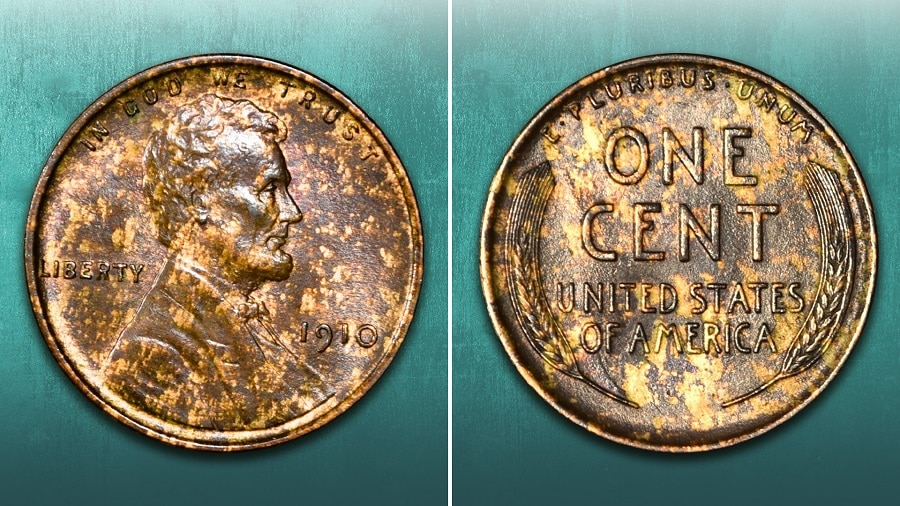
The Lincoln Wheat Penny was introduced in 1909 to commemorate President Lincoln's birth's 100th birthday. It represented a break from earlier American currency designs that had traditionally depicted Lady Liberty and instead featured an image of President Lincoln. Because of this, it became a notable and historic coin in American history.
On the back of the coin is a depiction of two stalks of wheat, which symbolizes Abraham Lincoln's agricultural past before his successful transition into a political career.
The Latin phrase “E Pluribus Unum” meaning “out of many one” is inscribed there, representing the oneness and cohesion of America. Simultaneously, the opposite side of the coin features the words “In God We Trust”, which emphasizes America's spiritual principles.
A New Era in American Coin Design

The iconic Lincoln Wheat Penny was designed by Victor David Brenner, a Lithuanian-born sculptor who made the move to the US. He was responsible for the penny's distinctive look.
He became a renowned engraver after creating bespoke commemorative medals. To commemorate President Lincoln's 100th birthday in 1909 and the 1914 Panama-Pacific International Exposition, he designed two unique medals for each occasion.
In 1909, four distinctive wheat penny designs were released and circulated. The original design featured Victor D. Brenner's initials (V.D.B.) on the reverse side but they were eventually moved to the obverse under Abraham Lincoln's shoulder by presidential order. Collectors are willing to pay a premium price for specific V.D.B. varieties, making them highly sought-after items.
The wheat penny underwent a few transformations throughout its course, including an alteration to its metal composition during WWII. During the war period spanning 1942-1945, these coins were crafted out of zinc-coated steel to help conserve copper for the war cause.
Why Some Wheat Pennies are Worth More than Others
You might be curious as to why some wheat pennies can fetch only a few dollars while others are worth a fortune. The grade, mint mark, rarity, and appearance all impact their value, as previously stated.
But there are other aspects to take into account: auction excitement and the coin's background. Auctions can inflate the price as bidders battle for a unique discovery, resulting in a final price much higher than its true value.
Regarding history, some coins hold extra significance for being a part of significant events or having notable provenances, such as having belonged to a renowned individual.
Conclusion
The Lincoln Wheat Penny was phased out in 1958 and has since become a highly sought-after item due to its scarcity, importance as a piece of American history, and value.
To evaluate the value of a Lincoln Wheat Penny, you need to examine it for any signs of counterfeiting, determine its grade, appearance, mint mark, and scarcity, and be aware of any minting errors. With its fascinating history and valuable significance, the Lincoln Wheat Penny is an excellent addition to any coin collection.

